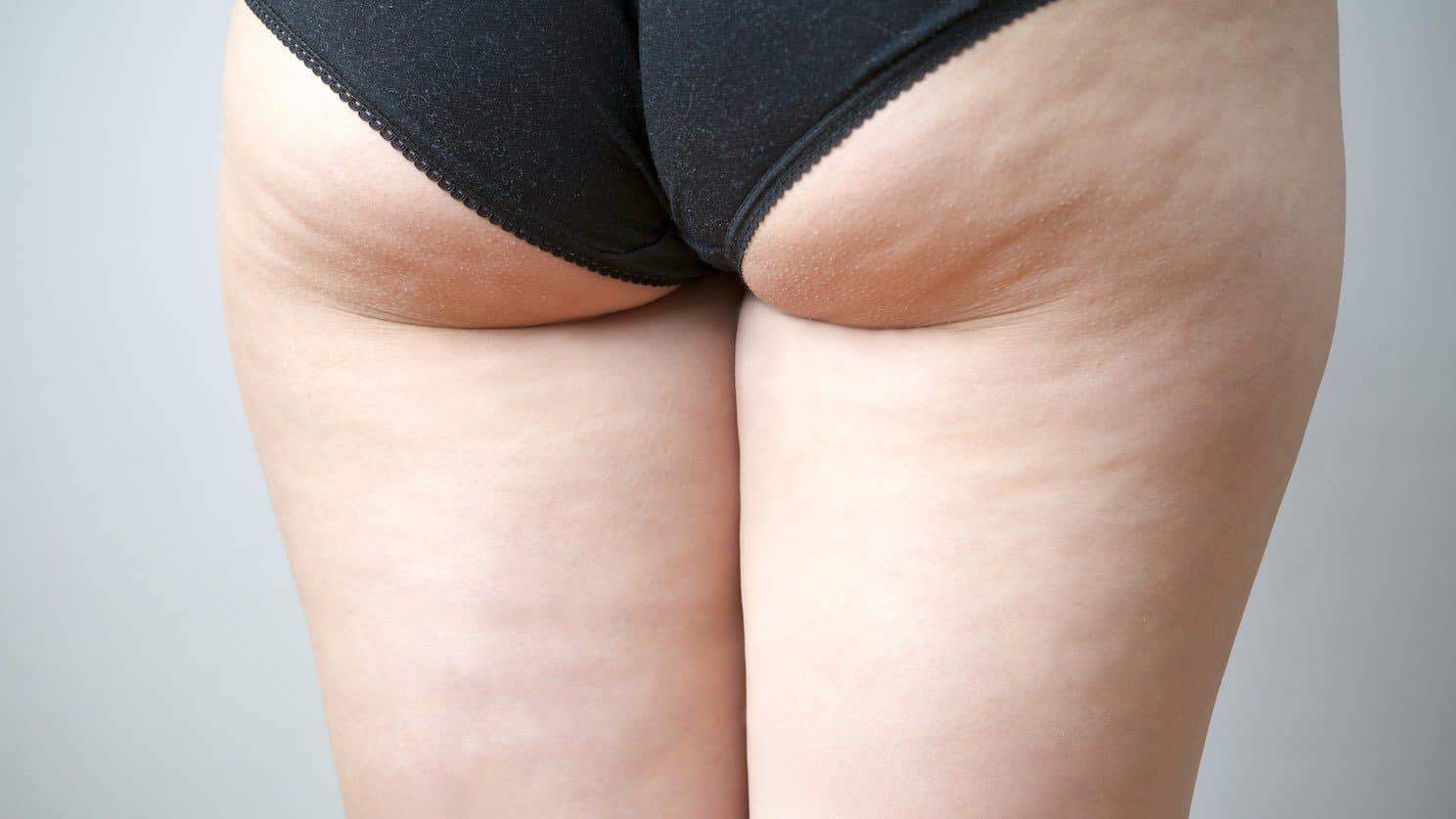Have you heard the old saying, “You can never be too rich or too thin”? We’ve altered it a bit here at Costhetics. We say, “You can never be too armed for the war on cellulite.”
That’s why we were so excited to learn about FasciaBlaster, a simple tool that can be used at home to fight cellulite. In order to understand better how this interesting new product works, we needed to find out more about cellulite, body fat, and something called “the fascia.”
Here’s what we discovered…
Cellulite: It’s Not the Fat, It’s the Fascia
Cellulite is everywhere! Kim Kardashian has admitted to having it. So have Jessica Alba and Jillian Michaels. According to ABC News, cellulite affects 90% of women at some point in their lives, even women who are slim. How can that be? Most of us have been led to believe that cellulite is caused by fat and only becomes a problem when you hit a specific body-fat percentage. There is plenty of evidence, however, that distortions in our fascia pull down skin and create the dents and divots we call cellulite.
Fascia is the connective tissue that covers all the muscles of the human body. Without it, we would be jiggly and loose from head to toe. Fascia is the glue that keeps us in one upright piece. In a healthy state, the fascia lies flat, keeping the fat beneath it flat as well. When fascia becomes unhealthy, it adheres to surrounding structures in the body, creating an inflexible, misshapen grid. “Any fat that we have will push through that grid like a marshmallow pushing through a chain-link fence,” says FasciaBlaster developer and fascia guru Ashley Black.
Why Even Slim People Get Cellulite
Regardless of your weight, you can still develop cellulite. Key factors include:
- Genetics – Cellulite often runs in families. If a woman’s mother had cellulite, it is likely that she will as well.
- Age – Collagen and connective tissue break down as we age, at the same time that skin loses its elasticity. The result of these combined forces is that fat beneath the surface of the skin begins to push out toward the surface, particularly on the legs
- Hormones – As women age, their bodies produce less oestrogen, which affects circulation and can result in a decrease in new collagen production and the breakdown of older connective tissue.
Reasons to Manipulate the Fascia
Manipulation of the fascia, either manually or with a roller, is believed to
- Improve blood flow
- Decrease inflammation
- Detoxify
- Contribute to the health of the lymphatic system
- Decrease the appearance of cellulite
Cellulite is the visible sign of fat trying to push through unhealthy, web-like fascia. An increased amount of fat makes the dents and divots of cellulite more visible, but it does not, in and of itself, cause the problem. This is one of the biggest myths surrounding cellulite and one of the greatest obstacles to treating it effectively.
Birth of the FasciaBlaster
Like many great discoveries, the FasciaBlaster’s effect on cellulite was a surprise for its creators. It was originally intended for pain management and sports performance enhancement. The goal was to create a device that was less time consuming than manual “fascia pulling,” but just as effective at opening up the connective tissues.
The FasciaBlaster is an improvement on traditional foam rollers. Some describe it as the difference between having a regular massage and a deep tissue massage. It can open up and release the fascia, breaking up fascial adhesions. With regular use, it promises a myriad of benefits:
- Virtual elimination of cellulite
- Pain reduction
- Improved flexibility
- Improved joint function
- Improved circulation
- Better muscle definition
So What Should You Do to Get Rid of Cellulite?
The jury is still out on this question. While early studies of fascia manipulation and products like the FasciaBlaster may herald a new age of cellulite reduction, there is not yet enough research to say. Don’t worry. Costhetics will stay on top of the story for you. All you have to do is go out there and stay beautiful.
